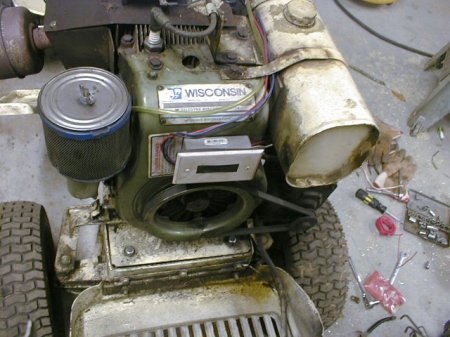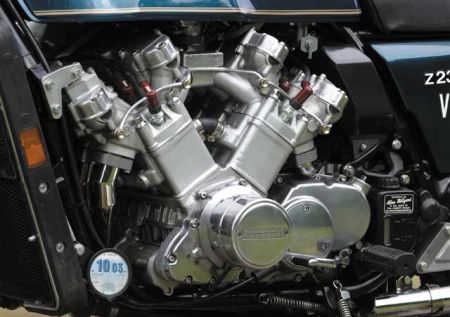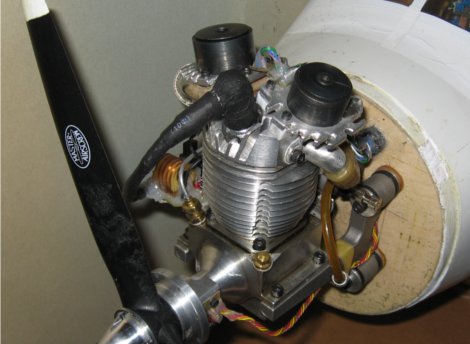

Imagine our surprise when we learned [Bruce Simpson], who made headlines in 2003 with his $5000 DIY cruise missile, is still alive, not illegally interned in a black ops prison, and still doing what he does best: building really awesome remote-control airplanes.
The first successful mass-produced pulse jet aircraft was the German V-1 flying bomb. The V-1 had a very primitive guidance system, but the unmanned pulse jet aircraft quickly evolved into a few target drones used by the US Air Force. There was never any significant advancement towards improving the fuel consumption, noise level, or heat signature of pulse jets, so they were superseded by the superior turbojet. Despite their failings, pulse jets are remarkably easy to build and amazingly fast.
Instead of being antagonized by the New Zealand and United States governments, [Bruce] spends most of his time now working on pulse jet projects. He’s flown quite a few modified R/C planes and has an electronic Engine Control Unit for his jets. One of his most impressive projects is the 100 pound thrust pulse jet that was later attached to a go-kart. His no weld version of a pulse jet can be built in even the most minimalist work shop and is the epitome of an easy-to-build jet engine.
To get an idea of how fast [Bruce]’s planes can be, check out his Long-EZ R/C pulse jet in action after the break.
Continue reading “Engine Hacks: A Pulse Jet UAV By Any Other Name Would Still Be A Cruise Missile”
















